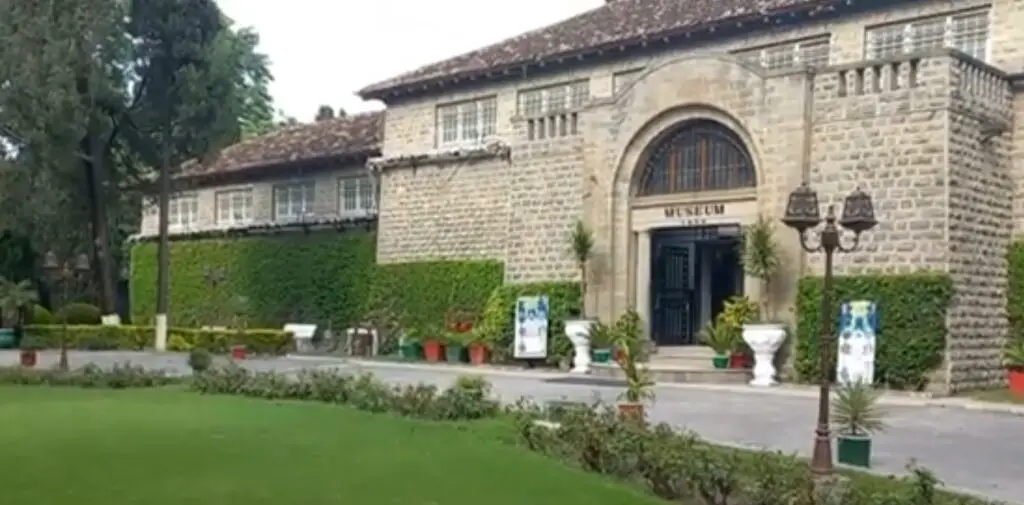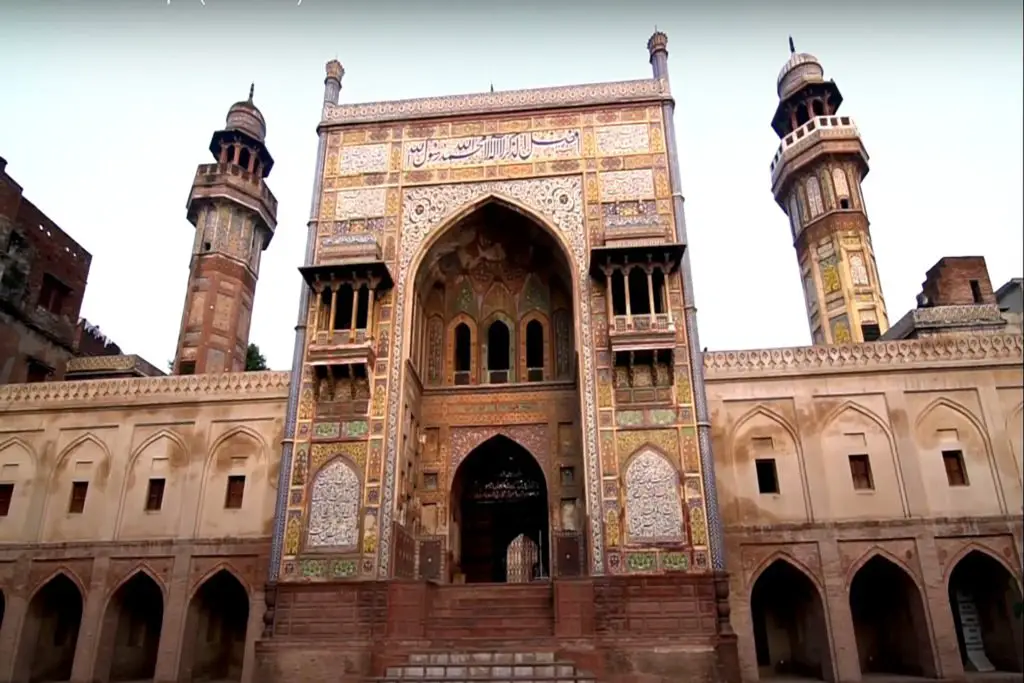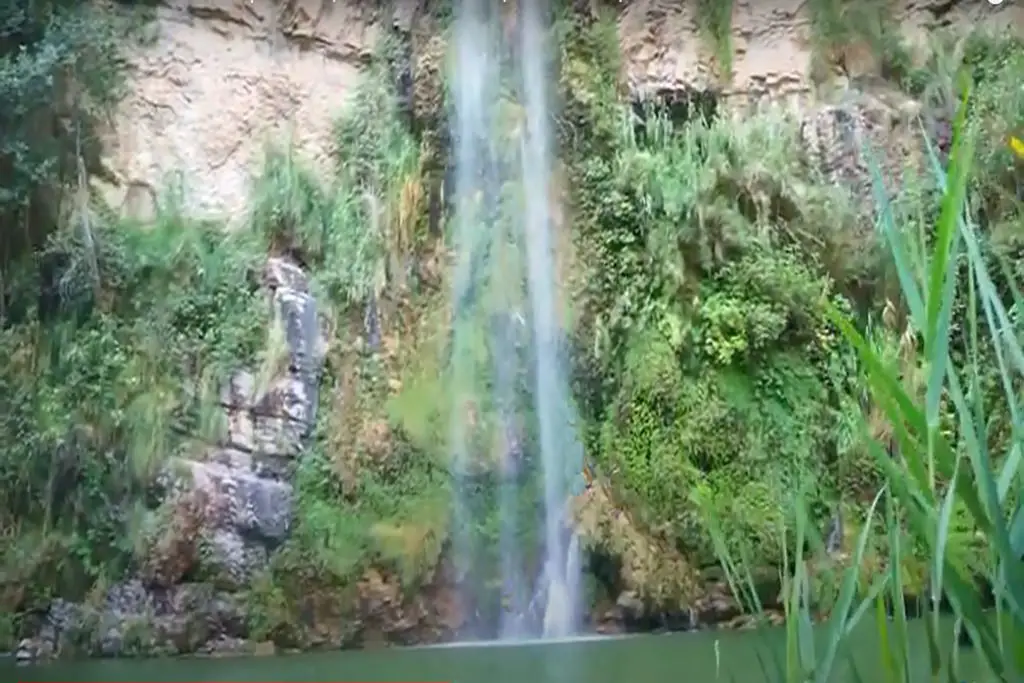The Taxila Museum is a must-see attraction for anyone interested in the history and culture of ancient Sub-Continent. Its impressive collection of artifacts and exhibits provide a fascinating glimpse into the city’s past, and its importance as a center of learning and culture. The museum is a testament to the enduring legacy of Taxila and its role in shaping the history and culture of the region.
The museum is home to an important and comprehensive collection of Gandhara art from the 1st to 7th centuries AD. Most of the objects in the collection were excavated from the ruins of ancient Taxila. There are many historical monuments near the museum. There are ancient stupas and other ruins nearby.
Taxila Museum Location
The Taxila Museum is located in the city of Taxila, Pakistan, and is home to an impressive collection of artifacts related to the history and culture of the ancient city. The museum was founded in 1928 and has since become one of the most important archaeological museums in Pakistan.
The museum’s collection includes artifacts dating back to the 6th century BCE, including sculptures, pottery, coins, and other objects from the Achaemenid, Greek, Buddhist, and Hindu periods. The exhibits are arranged chronologically, allowing visitors to see the evolution of Taxila’s culture and society over time.
One of the museum’s most famous exhibits is the Gandhara Gallery, which showcases Buddhist art from the region. The gallery features an impressive collection of sculptures, including the famous “Buddha of Swat,” a large statue of the Buddha dating back to the 2nd century CE.
Another highlight of the museum is the Jain Gallery, which features artifacts related to Jainism, an ancient religion that once flourished in the region. The gallery includes several stone sculptures and inscriptions related to Jainism, as well as a reconstructed Jain temple.
The museum also houses exhibits related to the Greek and Hindu periods of Taxila’s history, including coins, pottery, and other artifacts from these periods. Visitors can learn about the city’s role as a center of trade and commerce, as well as its importance as a center of learning and culture.
In addition to its permanent exhibits, the Taxila Museum also hosts temporary exhibitions related to various aspects of ancient Indian civilization. The museum is a popular tourist destination and attracts visitors from all over the world who are interested in learning more about the rich history and culture of the region.
Pictures Gallery
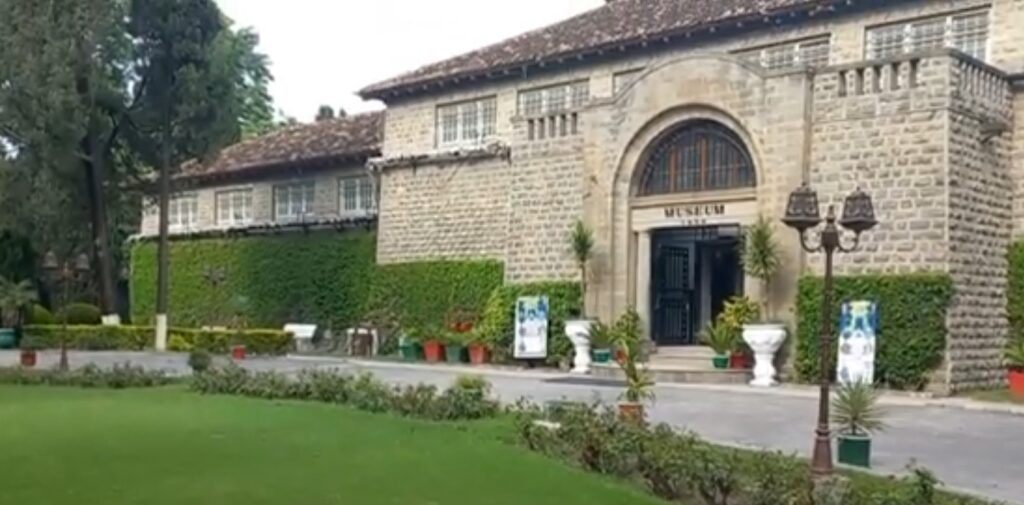
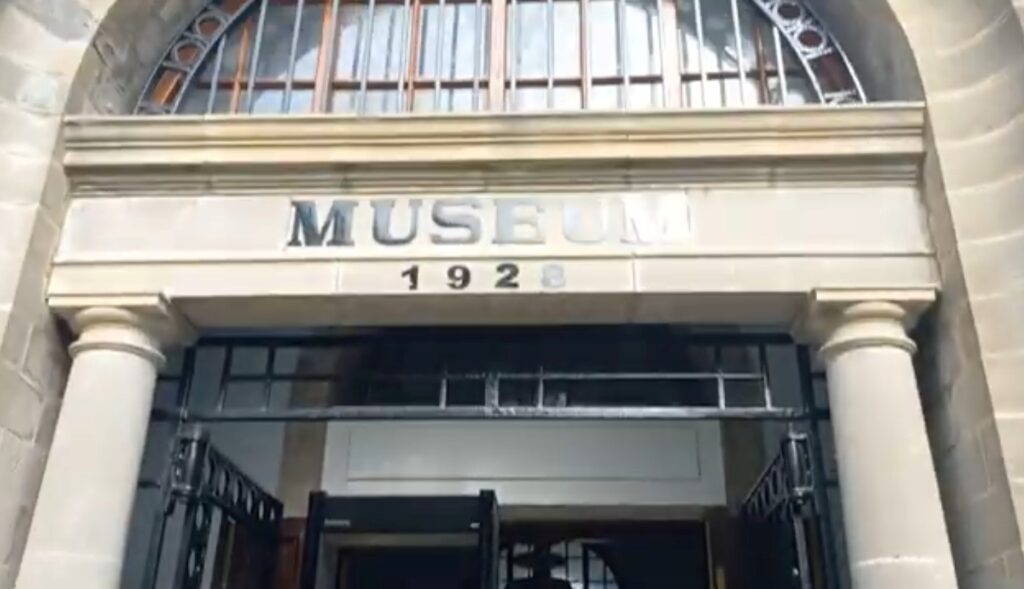
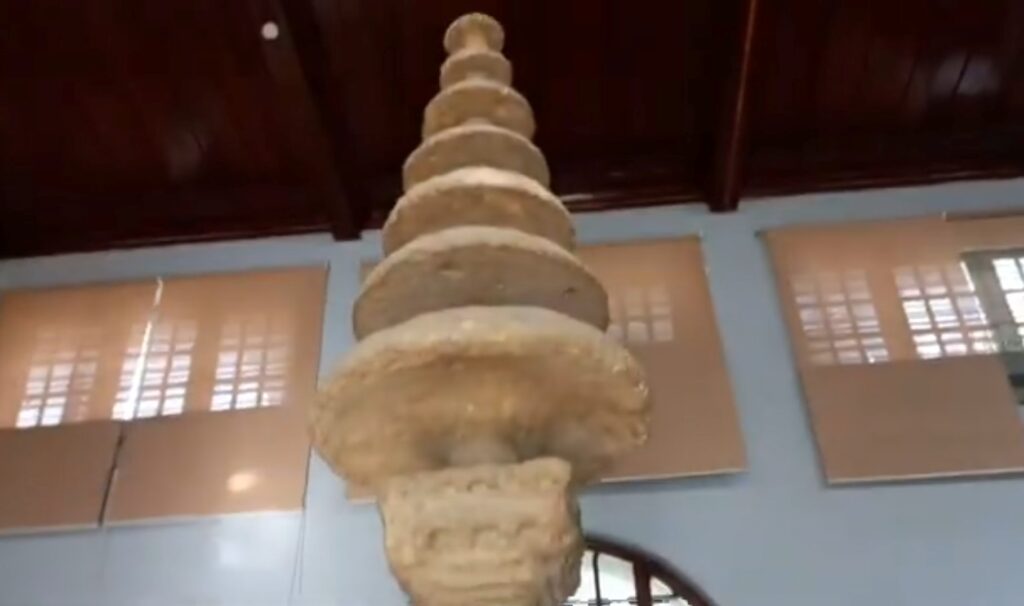
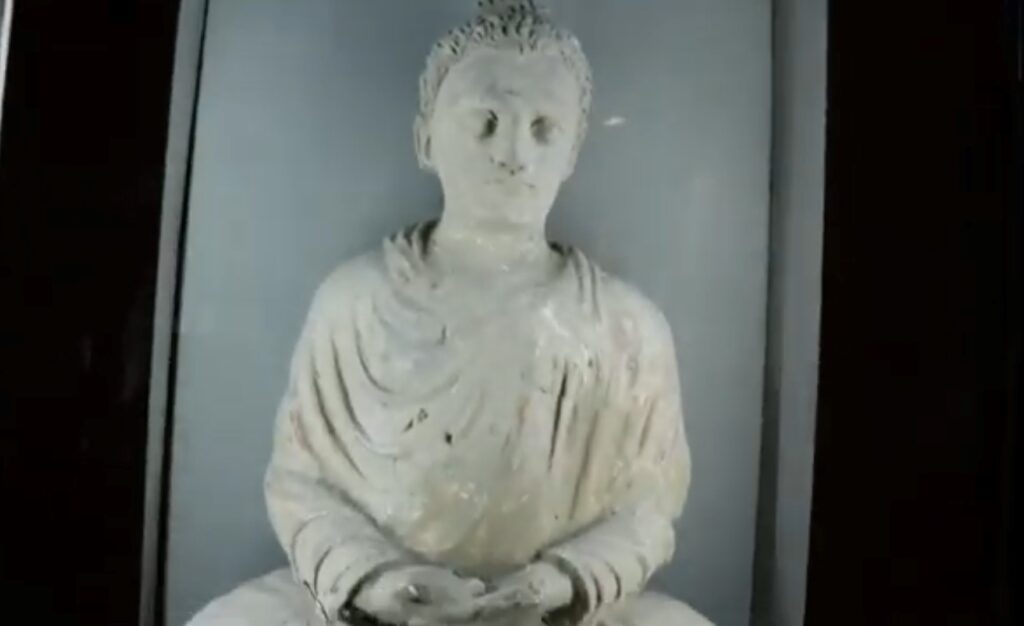
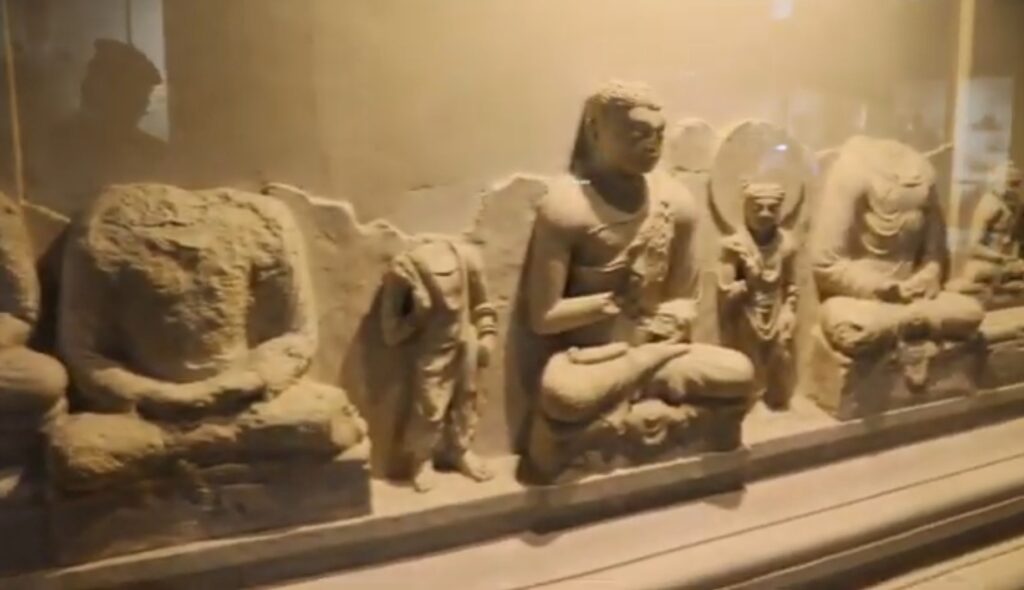
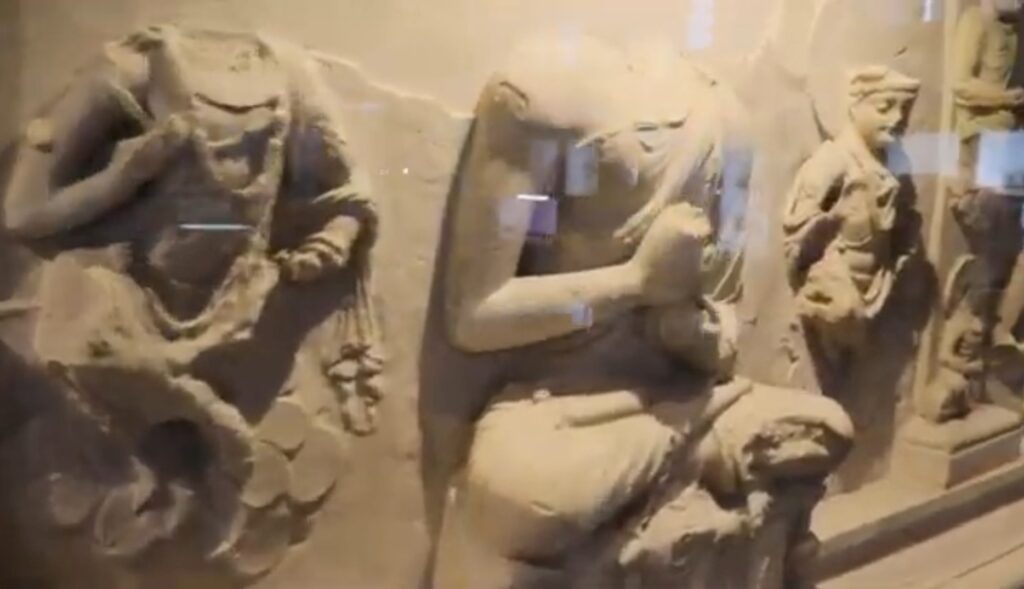
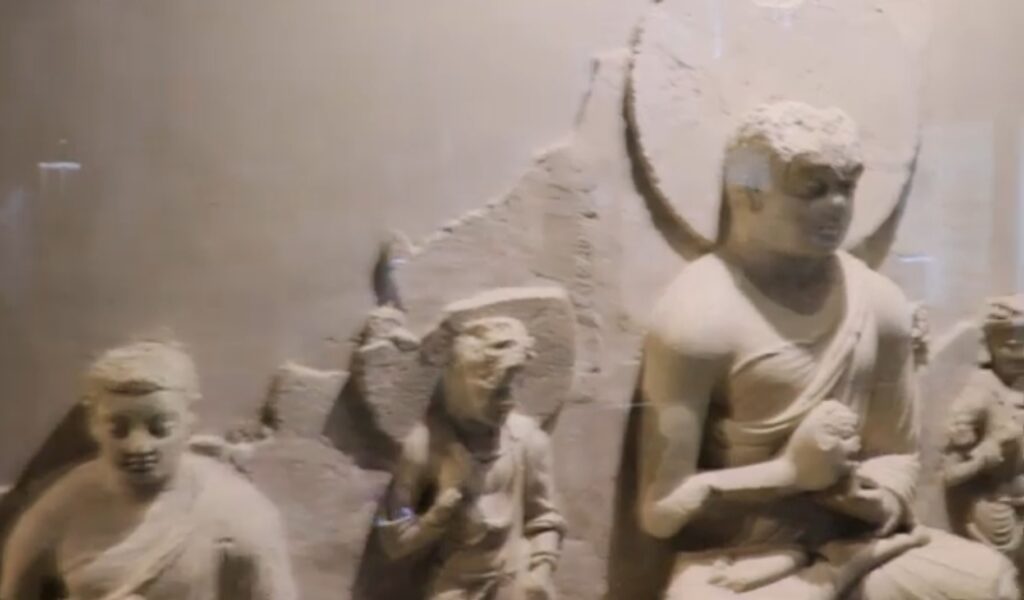
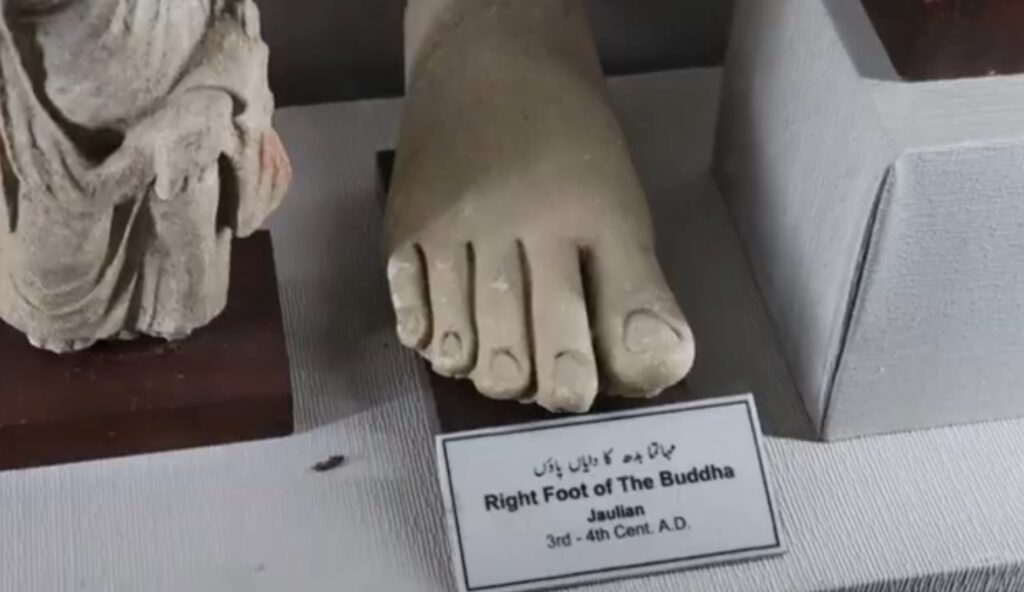
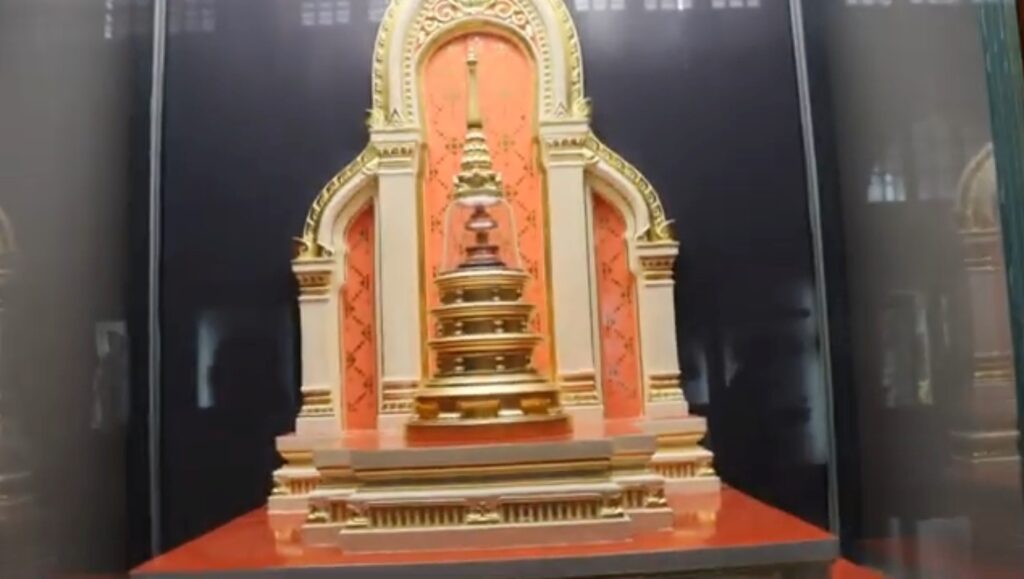
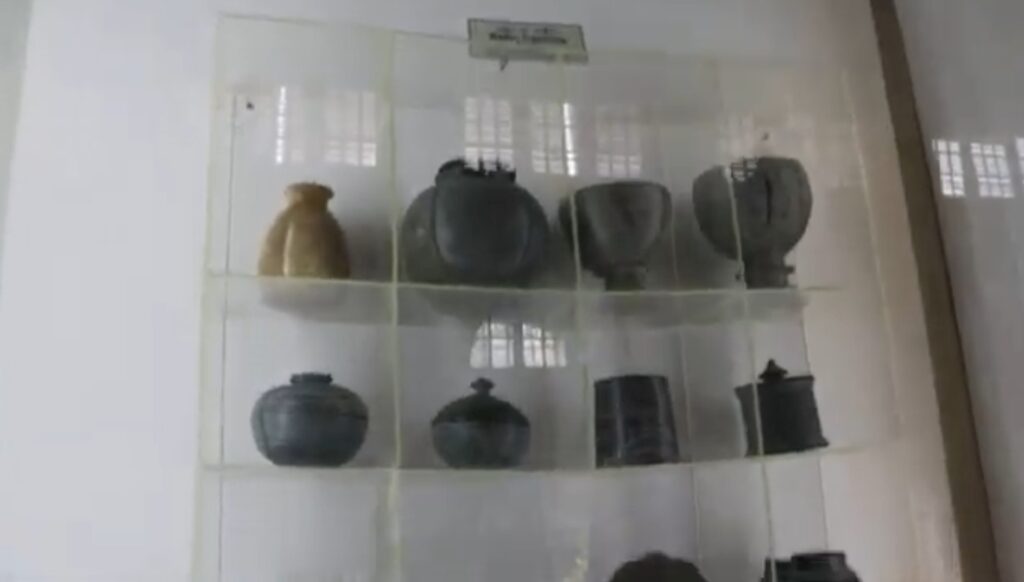
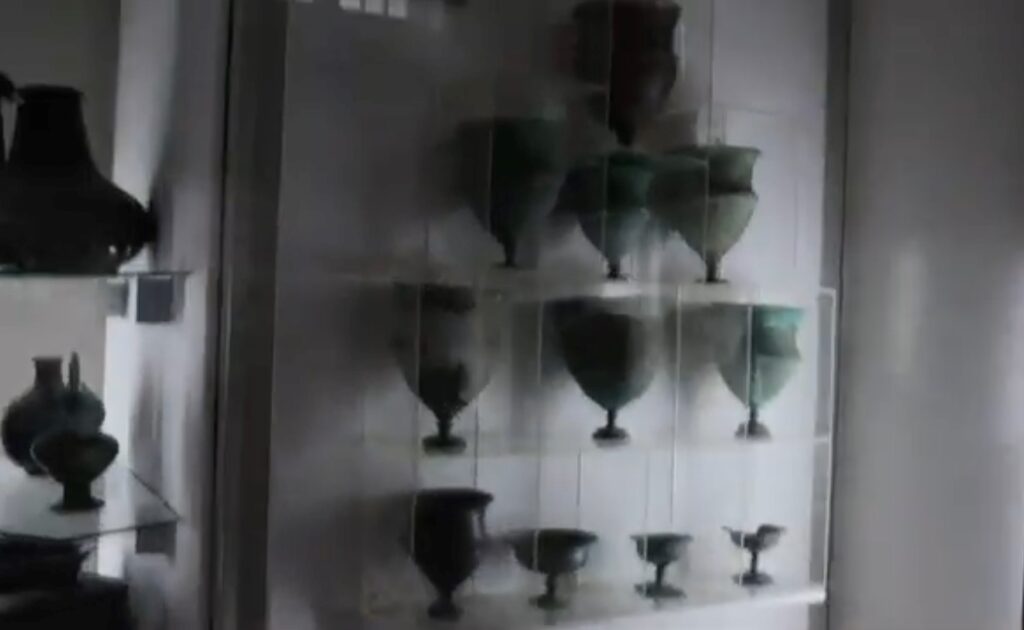
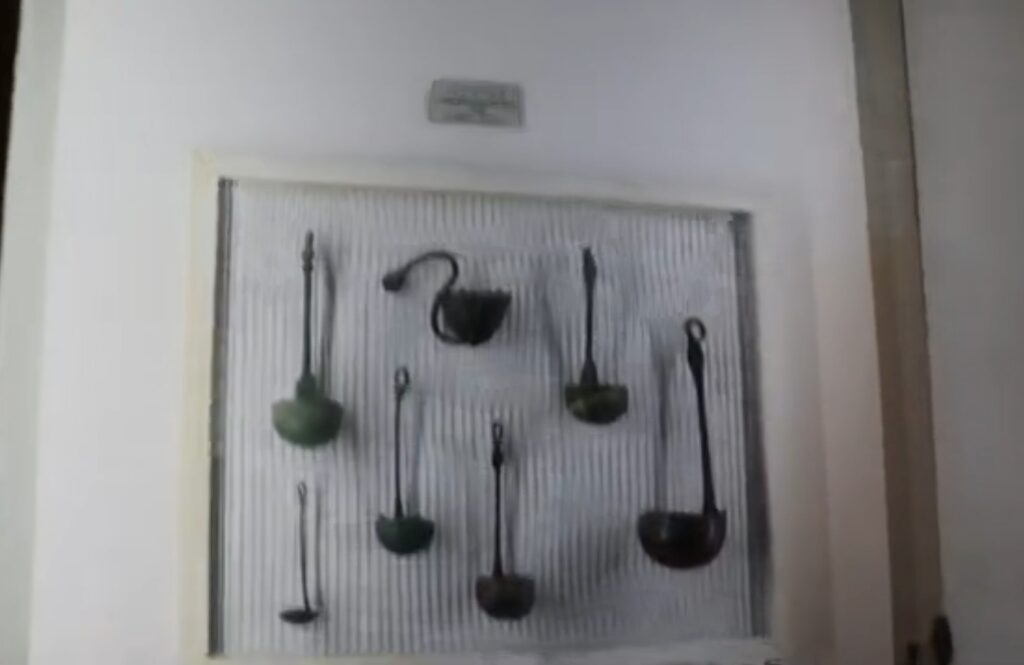
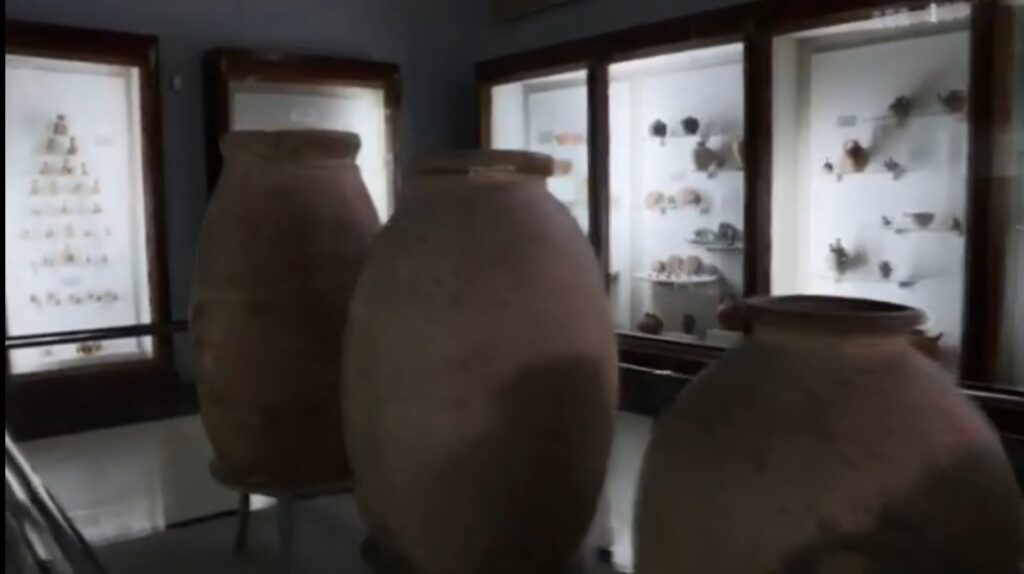
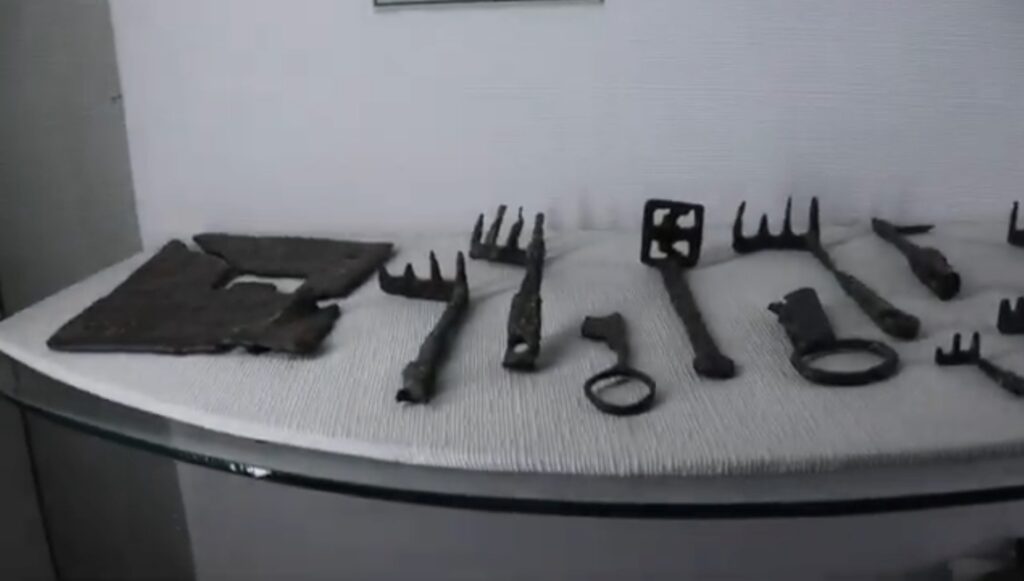
History of Taxila Museum
Construction of the Taxila Museum began in 1918, with the foundation stone laid by Lord Chelmsford, the Viceroy of India in 1918. The construction was completed in 1928 and the museum was opened to the public by Sir Muhammad Habibullah, the then Minister of Education. Sir John Marshall, who was due to be removed as Director-General of the Archaeological Survey of India in 1928, was unable to complete his original plan. The Government of Pakistan built the North Gallery in 1998.
The Taxila Museum has a long and fascinating history that dates back to the early 20th century. The museum was established in 1928 by Sir John Marshall, the Director-General of the Archaeological Survey of India, who recognized the importance of Taxila’s rich archaeological heritage.
Under Marshall’s direction, the museum was built to showcase the artifacts and treasures that had been discovered at the nearby archaeological sites. Marshall also oversaw the excavation and preservation of many of the ancient structures and ruins in the area, which provided a wealth of information about the city’s history and culture.
The museum’s initial collection was relatively small, but it grew rapidly over the years as more artifacts were discovered and added to the collection. In 1963, the museum was transferred to the Pakistani government and became part of the Department of Archaeology.
Since then, the museum has undergone several renovations and expansions, including the construction of new galleries and the installation of modern display cases and lighting systems. Today, the museum is home to over 5,000 artifacts, including sculptures, pottery, coins, and other objects from the Achaemenid, Greek, Buddhist, and Hindu periods.
The museum also houses a research center that is dedicated to the study of ancient Indian civilization. The center conducts archaeological surveys and excavations in various parts of the region and works to promote the study of ancient Indian culture and history.
Over the years, the Taxila Museum has become one of the most important cultural institutions in Pakistan, attracting visitors from all over the world who are interested in learning more about the rich history and culture of the region. The museum’s collection of artifacts and exhibits provides a fascinating glimpse into the city’s past, and its research center works to ensure that the legacy of Taxila is preserved for future generations.
Taxila Research Center
The museum also has a research center, which is dedicated to the study of ancient Indian civilization. The research center conducts archaeological excavations and surveys in various parts of the region and works to promote the study of ancient Indian civilization.
Taxila Artifacts
Currently, around 7,000 artifacts are on display in the Taxila Museum and around 30,000 are preserved in the reserve collection. The collection includes sacred relics of the Buddha, stone and stucco statues, stupas, relic caskets, inscriptions, beads, jewelry, coins, tools, ceramics, utensils, and a variety of other architectural and domestic objects.
The display mainly consists of objects from the period 600 BC to 500 AD. Buddhist, Hindu and Jain religions are well represented through these objects discovered from three ancient cities and more than two dozen Buddhist stupas and monasteries and Greek temples in the region.
The Taxila Museum has one of the most important and comprehensive collections of Buddhist stone sculpture from the first to the seventh century in Pakistan (known as Gandhara art. The core of the collection comes from excavated sites in the Taxila Valley, particularly Sir John Marshall’s excavations. Other items come from excavated sites elsewhere in Gandhanra, from donations such as the Ram Das collection, or from material seized by police and customs.The entire collection contains over 1,400 items and 409 have been published.
Taxila Museum is the local museum and is the repository of most of the numismatic material found during the archaeological work in Taxila. Excavation began in 1917 under the direction of John Marshall, the then Director of the Archaeological Survey of India, and continued until 1934. From these excavations, the work continues till the present day. The museum contains a large collection of coins from the Indo-Greek period to the late Kushans. Some of these are published in Marshall’s original excavation reports, and there is an ongoing project to publish the entire collection.
The museum’s core collection was unearthed from excavated sites in the Taxila Valley, such as the Bhir Mound, Sirkap and Sirsukh settlements (capitals), as well as Buddhist stupas and monasteries at Dharmarajika; Mohra Moradu, Jaulian, Kalawan, Bhamala, Tofkian, Bajran and Giri to name a few.
Timings of Taxila Museum
Timings of Taxila Museum are from 9 am to 12:30 noon.
Then there is a break from 12:30 to 02:30
Re-opens from 02:30 pm to 04 pm daily.
Taxila Museum Ticket Prices
Ticket price for Locals is Rs. 20 and for Foreigner is Rs. 500 per person.
Note: Please check the current prices as these are old prices of 2022.
Guides are also available in the museum for the guidance.
Access to Taxila Museum
The museum is located in the heart of the city of Taxila and is easily accessible by road. The museum is open to visitors from 9 am to 5 pm every day except for Fridays when it is closed.
Visitors to the museum can also explore the nearby ruins of Taxila, which are some of the most important archaeological sites in the region. The ruins include the remains of ancient temples, stupas, and other structures, which provide a glimpse into the city’s rich history and culture.
In conclusion, the Taxila Museum is an important cultural institution that serves as a repository of the region’s rich heritage. Its collection of artifacts and exhibits provides a fascinating insight into the history and culture of ancient India, and its research center works to promote the study of ancient Indian civilization. A visit to the museum and the nearby ruins of Taxila is a must for anyone interested in the history and culture of South Asia.

